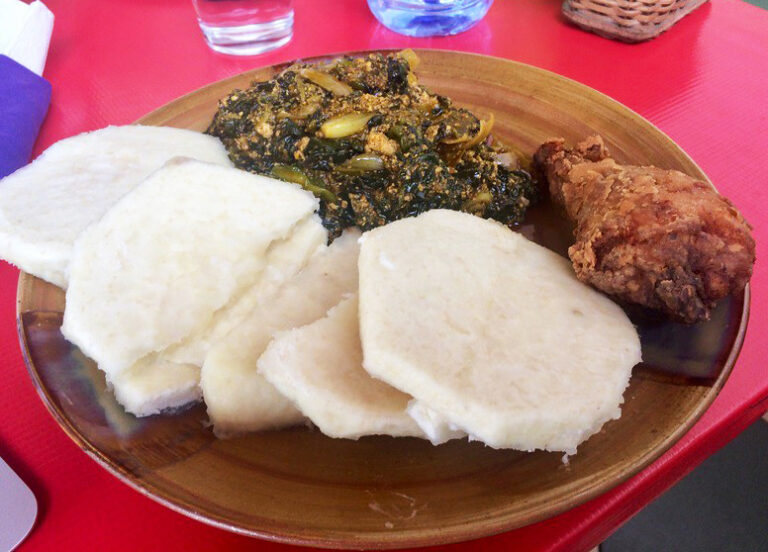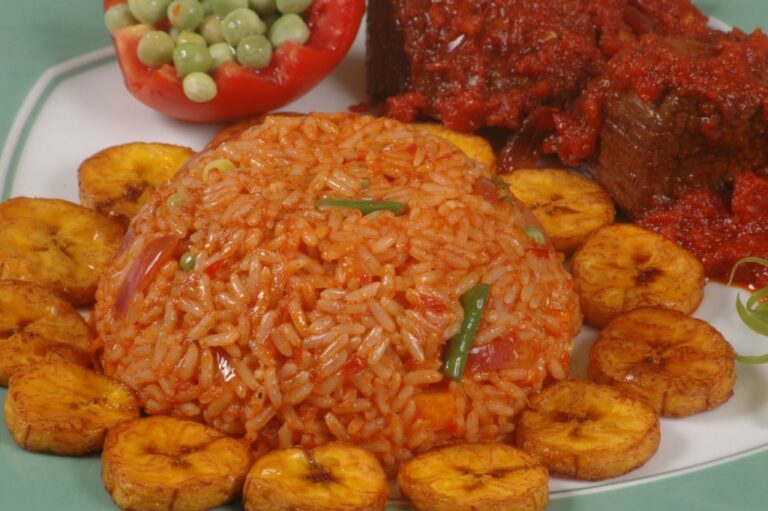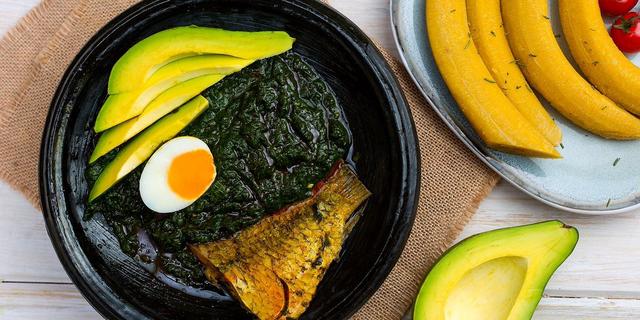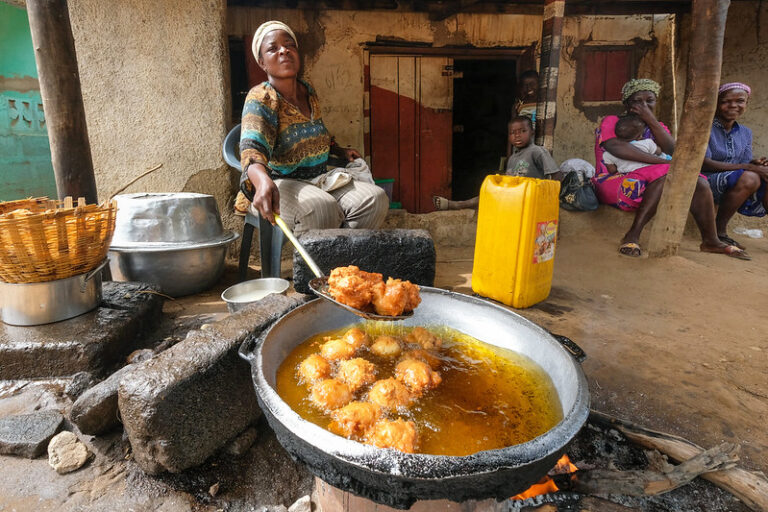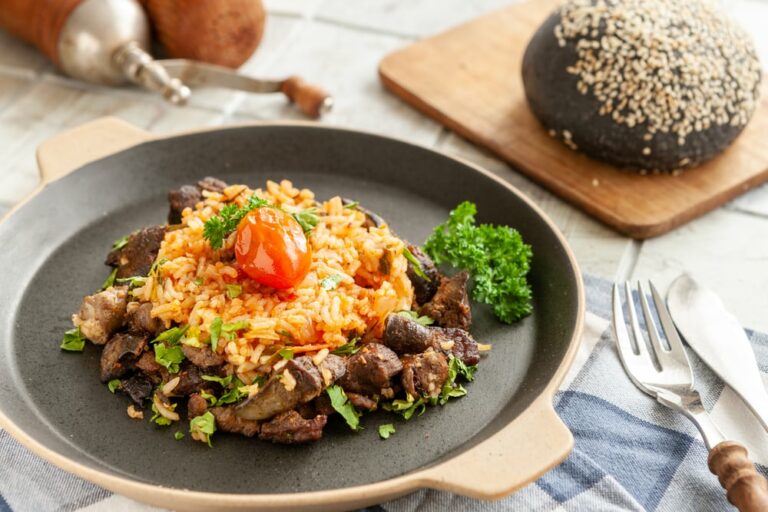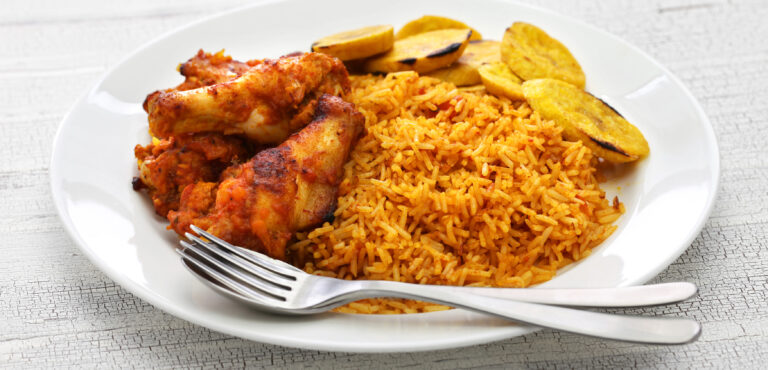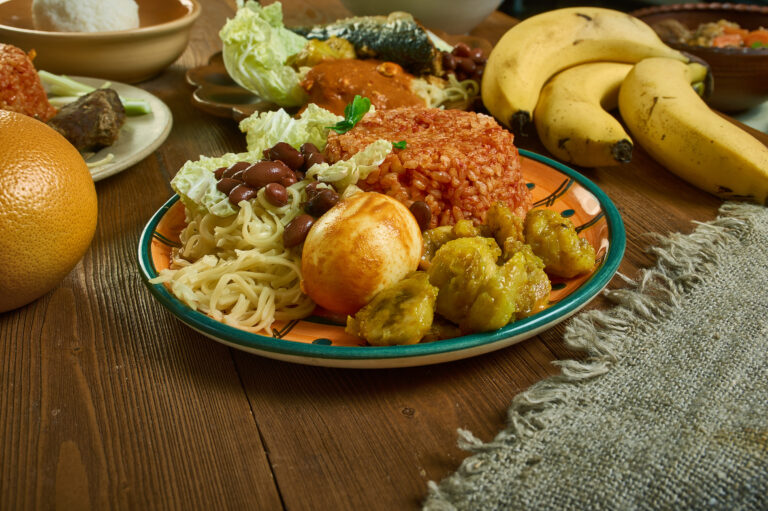Introduction: Guyanese Cuisine
Guyanese cuisine is a blend of various influences, including African, Indian, European, and Chinese, that has developed over centuries. It is characterized by its vibrant flavors, aromatic spices, and the use of fresh ingredients. Guyanese cooking is known for its curries, stews, and rotis, and it is often accompanied by a wide variety of condiments and sauces that add depth and complexity to the dishes.
Mustard Oil and Powder
Mustard oil and powder are commonly used in Guyanese cooking to add a pungent and spicy flavor to dishes. Mustard oil is made by pressing mustard seeds, while mustard powder is made by grinding mustard seeds. Both are used to make a variety of condiments and sauces, such as mustard sauce and mustard chutney. Mustard powder is also used as a seasoning for meats and vegetables.
Green Seasoning
Green seasoning is a blend of herbs and spices that is used to add flavor to meats, fish, and vegetables. The seasoning typically includes cilantro, parsley, thyme, scallions, garlic, and hot peppers. The mixture is usually ground into a paste and then used as a marinade or added directly to dishes during cooking.
Pepperpot Sauce
Pepperpot sauce is a rich and savory sauce that is made with a blend of spices, herbs, and beef or pork stock. The sauce is typically used as a base for stews and curries, and it is also used as a condiment for meats and vegetables. The sauce gets its name from the traditional Guyanese dish, pepperpot, which is a stew made with beef, pork, and cassareep.
Tamarind Sauce
Tamarind sauce is a sweet and sour sauce that is made from tamarind pulp, sugar, and spices. The sauce is used as a condiment for fried foods, such as samosas and plantains, and it is also used as a marinade for meats and fish. Tamarind sauce is also a key ingredient in chutneys and pickles.
Coconut Chutney
Coconut chutney is a creamy and spicy sauce that is made from coconut, garlic, hot peppers, and spices. The sauce is typically served as a condiment for roti and other breads, but it can also be used as a marinade for meats and vegetables. Coconut chutney is a staple in Guyanese cooking and is often used to add flavor and richness to dishes.
In conclusion, condiments and sauces play a crucial role in Guyanese cooking, adding depth, flavor, and complexity to the dishes. Mustard oil and powder, green seasoning, pepperpot sauce, tamarind sauce, and coconut chutney are just a few of the many condiments and sauces that are commonly used in Guyanese cuisine. By experimenting with these unique flavors and ingredients, you can add a touch of Guyanese cooking to your own culinary repertoire.

